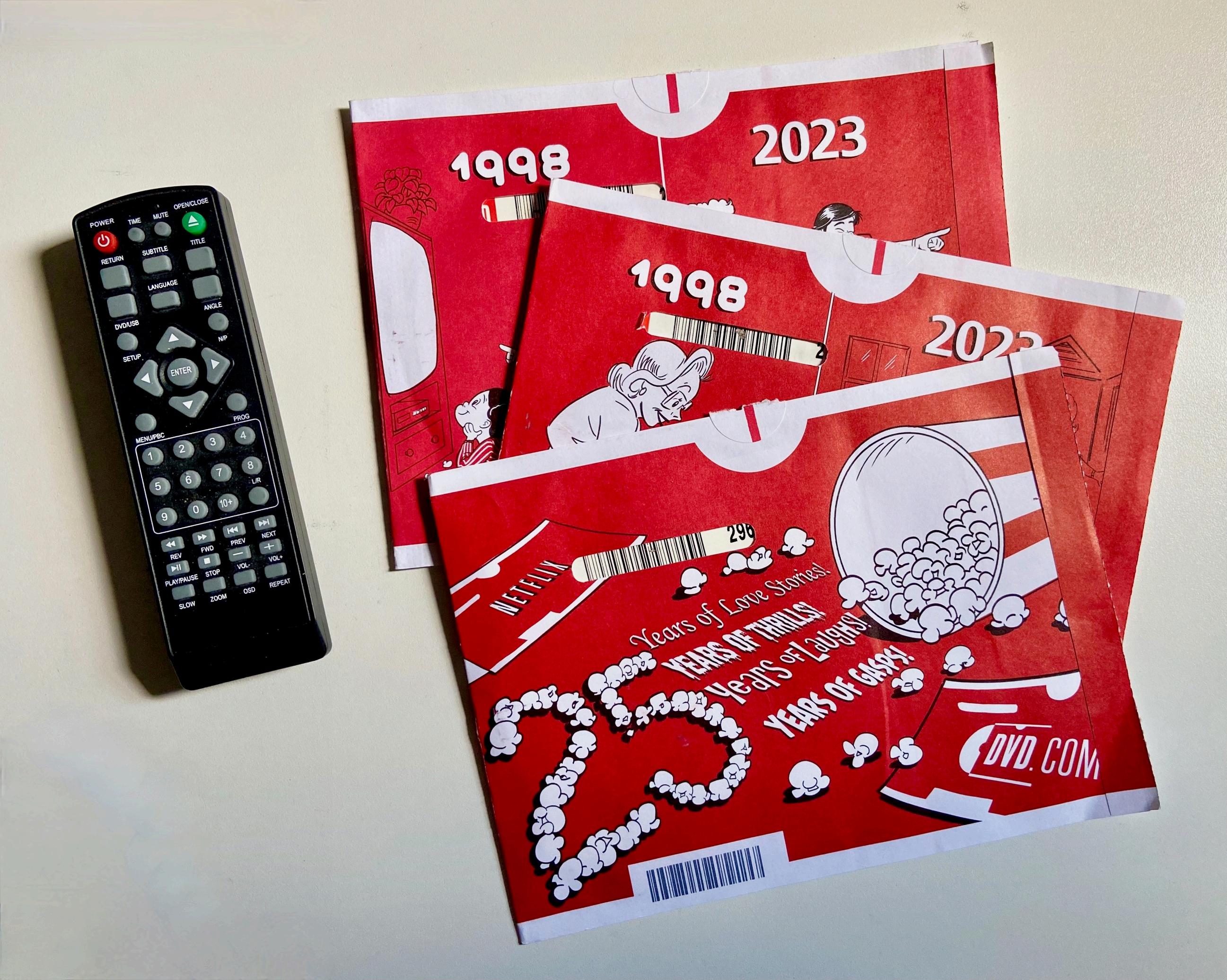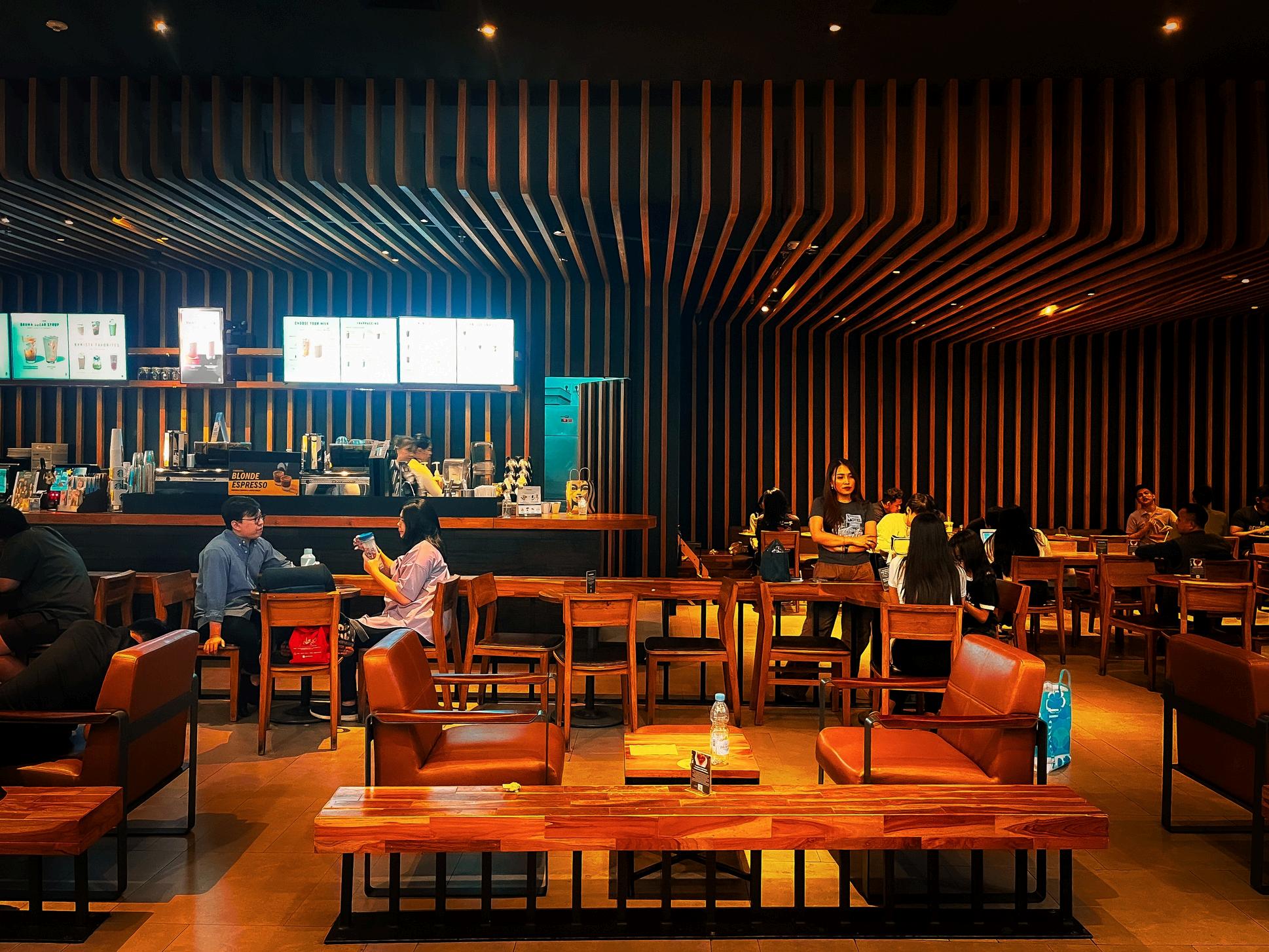BUSINESS EXPLORER
THINK DEEPER. MOVE SMARTER. LEAD BEYOND THE NOW.

Trending: Everyday Innovation
STRATEGIC AGILITYPIVOTING WITH PURPOSE, NOT PANIC
INDUSTRY EXAMPLES
TACTICAL TOOLS TO ENHANCE YOUR LEADERSHIP SKILLS

THINK DEEPER. MOVE SMARTER. LEAD BEYOND THE NOW.

Trending: Everyday Innovation
STRATEGIC AGILITYPIVOTING WITH PURPOSE, NOT PANIC
INDUSTRY EXAMPLES
TACTICAL TOOLS TO ENHANCE YOUR LEADERSHIP SKILLS

In today's fast-paced and constantly evolving marketplace, businesses must adopt the mindset of explorers and pioneers navigating uncharted waters.
This approach means staying curious and adaptable, always seeking new opportunities while remaining anchored in our identity's core values
Being a business explorer isn't just about reacting to change; it's about embracing it as a part of our journey to scale, innovate, and meaningfully impact the world. It's about balancing the thrill of discovery with the discipline of staying true to what drives us.
The Business Explorer leads with curiosity, clarity, and courage, regardless of title.
Whether managing a team, navigating change, or building something new, this mindset shifts you from "executor" to "explorer." It's not about having all the answers; it's about asking better questions, spotting patterns, and moving with purpose.
This playbook is built to be used, not just read. Its strategic prompts, ready-to-use tools, and reflection spaces are designed to help you lead with agility, scale impact, and spark innovation.
Let's go ahead and get into it
Casey Clarkson
Impact doesn’t happen in isolation. Explorers build alignment, not just activity. They focus on shared vision, purposeful delegation, and honest feedback.
When Pixar created Toy Story, they didn’t rely solely on individual brilliance. Every week, the creative team gathered for the Braintrust, a meeting where anyone could give candid, unfiltered feedback. There were no titles in that room, only the mission to improve the story. That culture of radical candor and shared ownership turned Pixar into one of history's most successful creative teams.
Clarity and connection fuel real impact. When teams feel safe contributing, challenging, and collaborating, they build something bigger than any one person can.



Ask your team to score these 5 questions (1-5 scale):
1. I understand the team’s top three priorities.
2. I know how my work contributes to the team.
3. I have what I need to succeed.
4 I trust my teammates to follow through
5 We address issues when they arise
How to Use It:
Use the average score to identify friction points A low score on question 2?
Could you clarify how each role ties into team goals? Question 4 or 5 low? Time for a trust-building moment.

Build it once, apply it everywhere.
Business Explorers don’t just solve today’s problem; they solve it in a way that unlocks repeatable value
Scalability isn’t about doing more, it’s about building smarter.
In the 1940s, the McDonald brothers ran a successful drive-in. But it wasn’t until they stopped, observed, and systematized their kitchen workflow that they changed the world. They created the “Speedee Service System,” a simple, scalable process that allowed them to deliver burgers faster and more consistently than anyone else That playbook became the backbone of a global empire
Business Explorers go beyond doing the work; they design systems that others can replicate and scale.
Imagine you just created a brilliant onboarding experience for one team. A Business Explorer thinks, “How can I turn this into a template, toolkit, or system that other teams can use?”
Use this quick mental filter to determine if something is worth scaling: Ask yourself:
Does this solution solve a common or recurring problem?
Can it be systematized, templatized, or delegated?
Would 3+ people or teams benefit from it?
Is the effort to scale it less than the cost of not scaling it?
If you answer “yes” to at least 3, it’s a scale-worthy move.


Create a one page summary every time you finish a project or solve a major problem:
What was the situation?
What did you try?
What worked?
What would you do differently?
What parts of this can be reused?
Why it works:
This habit builds your playbook over time and sets you up to lead beyond your lane.

Pivot with purpose, not panic.
Business Explorers stay adaptable without losing direction They don’t just react, they realign Agility is about staying responsive and strategic, even when the ground shifts.
In the early 2000s, Netflix mailed DVDs to your door But as streaming technology improved, they made a bold pivot, transforming into a streaming platform long before it was trendy They didn’t cling to what worked yesterday. Instead, they asked, What’s next? And when content licensing got tricky, they pivoted again, becoming a content creator themselves.
Agility isn’t about flipping direction at every breeze. It’s about realigning when the landscape shifts, while keeping your purpose clear.
You’re mid-project, and leadership priorities suddenly change. Instead of scrapping everything, a Business Explorer asks: “What still serves the outcome and what needs to shift?”
Use this when plans change or ambiguity creeps in:
Purpose – What’s the core outcome we’re still solving for?
People – Who’s most impacted by this shift?
Path – What’s the next smallest step that keeps us in motion?
Why it works:
Keeps you out of chaos-mode; helps your team feel grounded and empowered, even when plans evolve


Use this quick, proactive practice with your team or yourself:
Identify one risk or variable that could disrupt the plan. Ask: If this happened, what would we do? Draft a simple backup move or adjustment.
Bonus: This builds team confidence and preps you for faster, calmer responses.
Solve the real problem, not just the loud one.
Business Explorers stay obsessed with the why behind the work. They don’t just meet expectations, they learn, listen, and design around what truly matters to their audience. And “customer” can mean:
Clients
Internal teams
Stakeholders
Anyone you serve or support
In the 1980s, Starbucks wasn’t just selling coffee but creating an experience. Howard Schultz’s vision was to make Starbucks the “third place” between home and work, where people felt seen and welcomed They listened to what customers wanted: a space to connect, linger, and feel at ease That mindset made Starbucks a global brand synonymous with personalized service
The best solutions don’t start with what you want to sell; they begin with what your customers need.


When a complaint comes in about a process, a surface-level leader patches it. A Business Explorer pauses and asks: “Is this a symptom, or a signal?”
Before launching a solution, test it with these three questions:
What do they care about most?
Where is there friction or confusion?
What have they tried before and why didn’t it work?
Then build from that insight, not assumption
Why it works:
You avoid solving the wrong thing. And you build trust by designing with your audience in mind, not just for them.

Pick a group or stakeholder you serve.
Ask 3–5 quick interviews or pulse questions:
What’s going really well?
What’s one thing we could make easier?
What would a 5-star experience feel like?
Identify one insight you can act on this month
Tip: These don't have to be big overhauls Small moves, made visible, create momentum and goodwill

Stay bold. Stay curious. Stay in motion.
Innovation isn’t a department, it’s a mindset. Business Explorers make space for new ideas, question assumptions, and take smart risks. They know progress doesn’t always come from the big swings; it often starts with the next brave question
At Toyota, Kaizen (continuous improvement) isn’t a buzzword; it’s built into every job. Any employee, from a factory worker to a manager, can submit ideas to improve processes, no matter how small. One year, employees submitted over 1 million suggestions, many focused on tiny fixes that saved time, improved safety, or reduced waste Those small, daily innovations have kept Toyota at the top of the automotive industry for decades
Innovation isn’t always about moonshots. It’s about making space for small, smart changes every day.
You spot an inefficient workflow that “has always been done this way.” Instead of accepting it, you ask: “Is there a simpler way? What if we started from scratch?”
Where there’s friction, there’s opportunity to innovate. Ask your team:
Where are we doing extra steps that don’t add value?
What’s taking longer than it should?
What do we keep re-explaining, fixing, or working around?
Then choose one to experiment with, don’t overhaul, just explore.
Why it works: You start building a culture of everyday problem-solving, not “wait for permission” thinking.


At the end of each month, pause and reflect, and find one:
New idea I heard or saw this month Bold question I asked System or habit I tried to tweak Risk I took that helped me grow
Why it works:
This keeps your Business Explorer lens sharp and turns reflection into your innovation engine.
Small shifts. Big momentum.
1 Ask one more “why” than you normally would

2
3
Zoom out before diving in, big picture before task list
6
7
Listen without preparing your reply
Challenge a “we’ve always done it this way”
4
Write decisions, not just to-dos Publicly credit one teammate
8
Use “What would need to be true?” to unlock stuck ideas
5
Spot one process to simplify
9
10
Close the loop on one unfinished conversation
Leave space for thinking, not just doing
Pro move: Pick one per week to focus on. Rotate and reflect. Watch your leadership evolve.